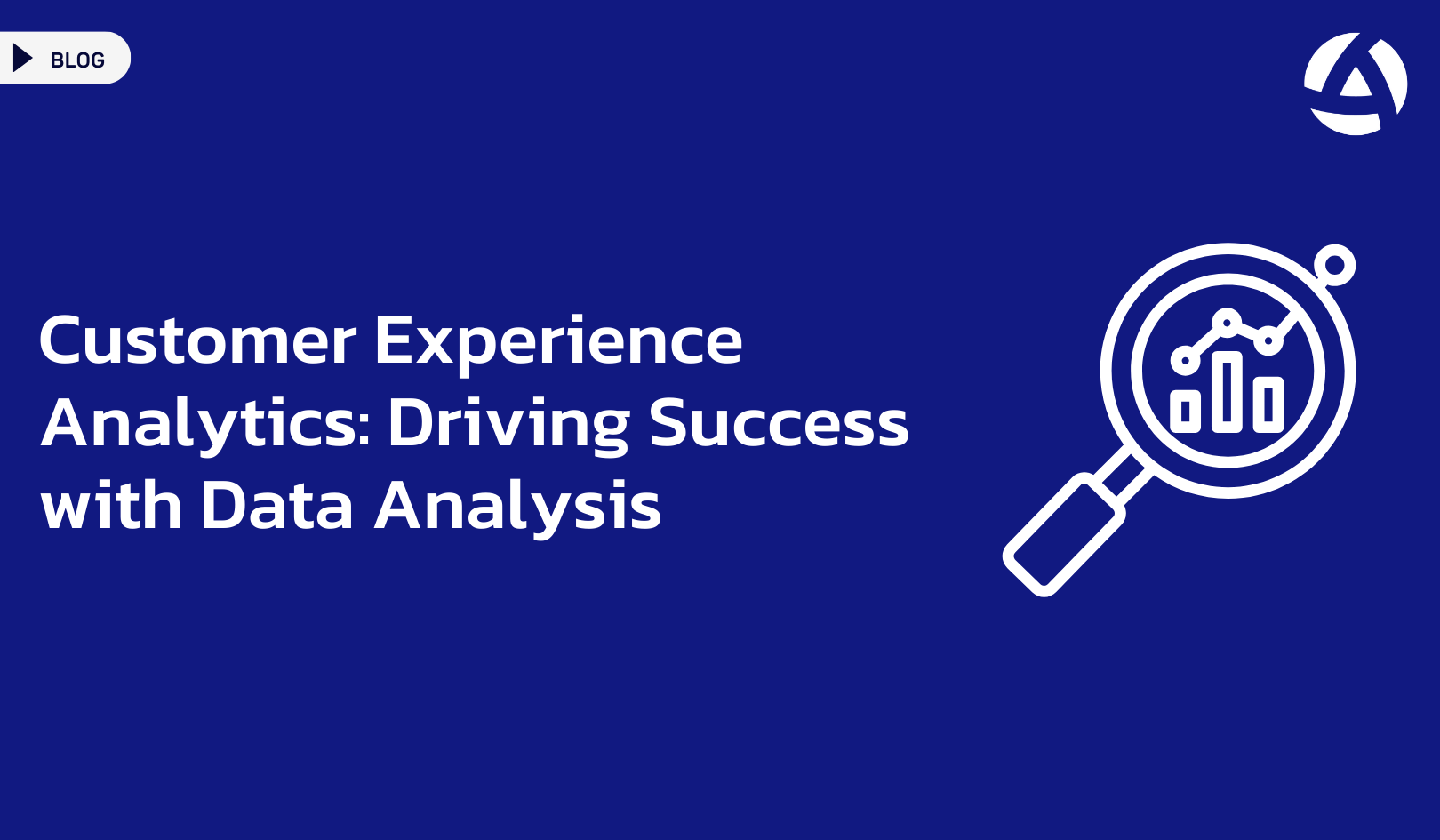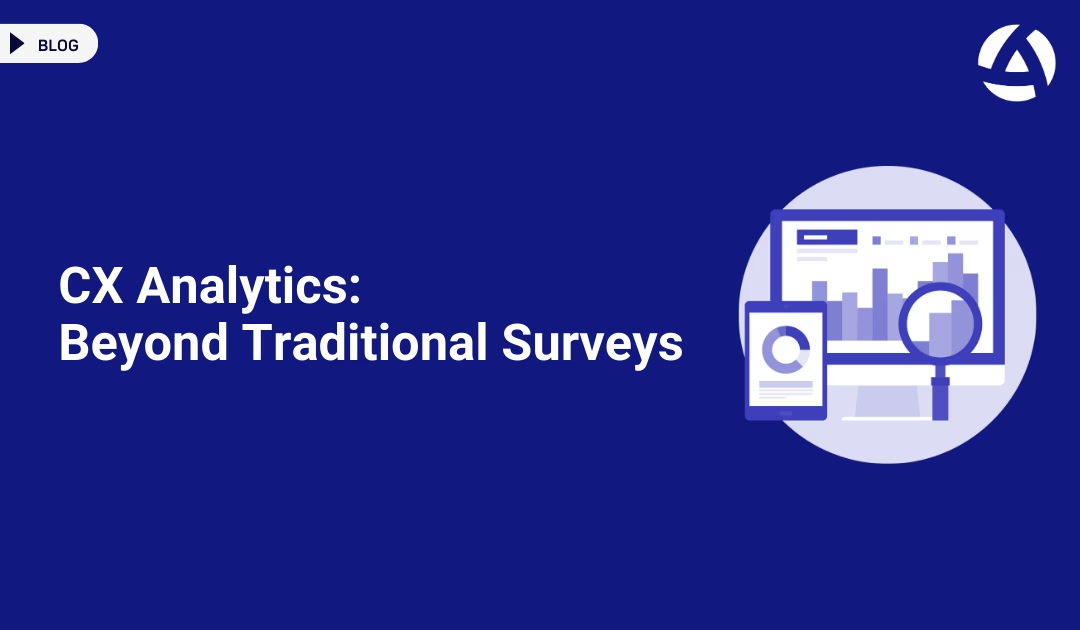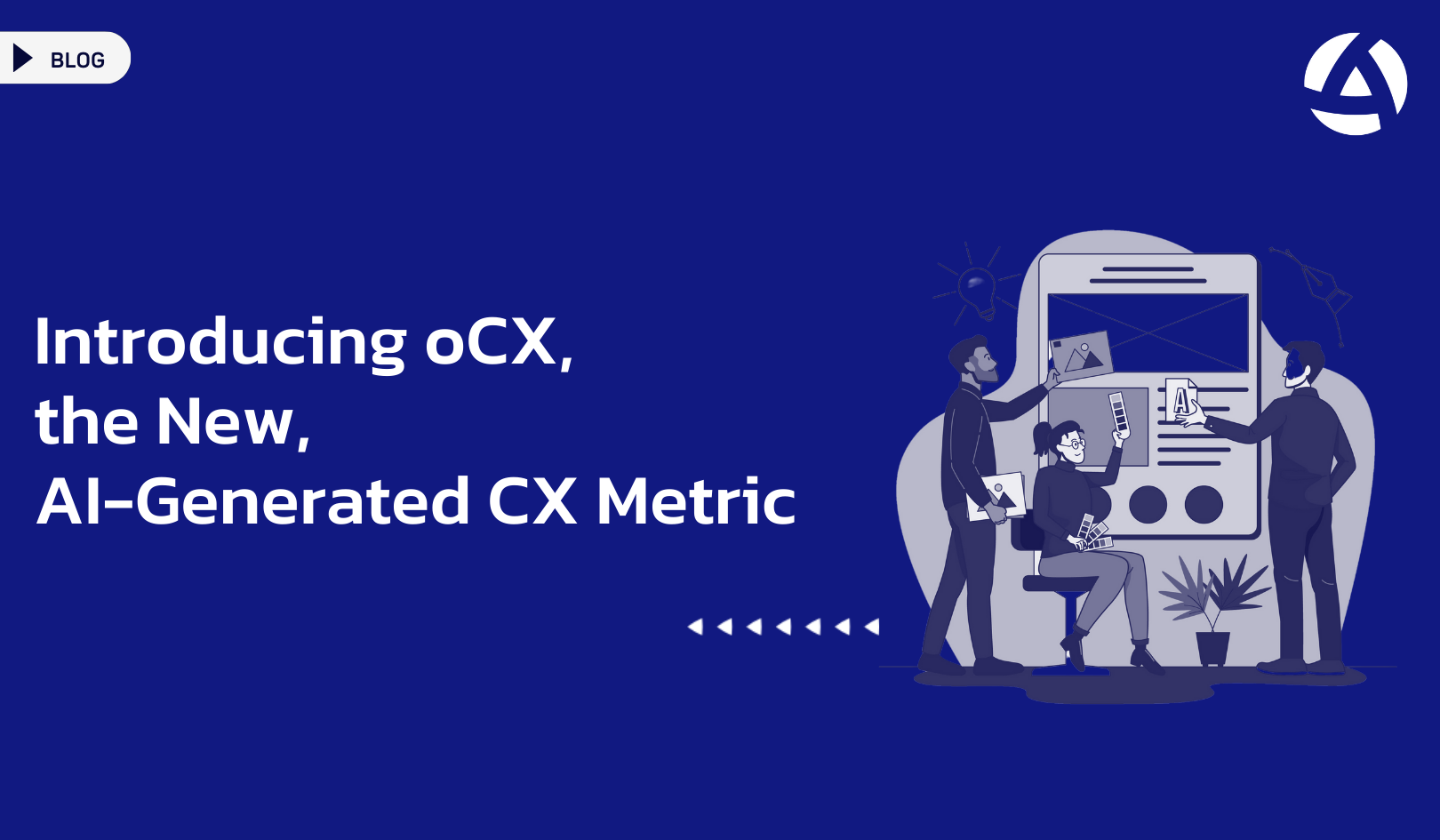Data is one of the most valuable assets a company can harness to improve customer satisfaction and business outcomes. With Customer Experience Analytics, businesses can transform raw data into meaningful insights that drive success. Understanding customer behavior, preferences, and sentiments allows companies to fine-tune their strategies, leading to more personalized and impactful customer experiences.
The Role of Data in Customer Experience Analytics
Customer Experience Analytics revolves around analyzing data collected from various touchpoints throughout the customer journey. This includes feedback from surveys, social media interactions, support tickets, and more. With this comprehensive data, businesses gain insights into customer expectations, pain points, and overall sentiment.
- Feedback Analysis: Gather and analyze customer feedback across channels.
- Behavior Tracking: Monitor customer actions, such as purchasing patterns, website navigation, and engagement metrics.
- Sentiment Monitoring: Understand customer emotions by analyzing reviews and social media comments.
Identifying Patterns and Trends
One of the main benefits of using Customer Experience Analytics is the ability to identify patterns and trends within the data. These patterns can reveal insights into customer behavior, which can guide decision-making and future strategies.
For instance, data might show a consistent decline in satisfaction during certain interactions with your brand, such as during the checkout process. By recognizing these patterns, you can take proactive steps to address the issues and improve the customer experience.
Enhancing Personalization
Customer Experience Analytics provides businesses with the data necessary to create more personalized customer experiences. Personalization is key to engaging customers, building loyalty, and increasing satisfaction. Through data analysis, companies can:
- Tailor Recommendations: Offer personalized product or service recommendations based on customer preferences and behavior.
- Improve Communication: Use data to craft personalized email campaigns and customer outreach.
- Customize Support: Analyze customer history to deliver tailored support that aligns with their past interactions.
Using Analytics to Drive Continuous Improvement
Data analysis is not a one-time process; it is continuous. By regularly analyzing data, companies can stay agile and make ongoing improvements to the customer experience. Customer Experience Analytics allows you to:
- Monitor Changes Over Time: Track the evolution of customer satisfaction and behavior to ensure your strategies remain effective.
- Test New Initiatives: Implement new strategies or changes, then analyze the impact on customer experience.
- Benchmark Performance: Compare your customer experience metrics against industry standards or competitors to identify areas for improvement.
Actionable Insights for Strategy Development
The insights gained from Customer Experience Analytics don’t just sit idle; they drive action. Analyzing customer data helps inform strategic decisions that impact every area of your business, from marketing to product development. This ensures that every decision you make is based on concrete data rather than assumptions.
- Resource Allocation: Allocate resources more effectively based on data-driven insights into what impacts customer satisfaction the most.
- Strategic Planning: Shape long-term business strategies that align with customer needs and behaviors.
- Customer Retention Efforts: Use analytics to identify at-risk customers and take preemptive steps to retain them.
Making Data Analysis Accessible
It’s essential that data analysis tools within Customer Experience Analytics are accessible to various teams across the organization. By providing everyone, from marketing to support teams, access to analytics dashboards, you ensure that customer-centric decisions are made at every level.
- Real-Time Dashboards: Give teams real-time access to customer experience data, enabling faster decision-making.
- Custom Reports: Create tailored reports that focus on specific customer segments, allowing teams to act on the most relevant data.
Leveraging AI and Machine Learning in Customer Experience Analytics
The advancement of AI and machine learning has revolutionized how businesses approach Customer Experience Analytics. These technologies allow companies to analyze vast amounts of customer data in real-time, uncover hidden patterns, and even predict future behaviors. AI-powered chatbots, for instance, can process customer interactions and provide personalized support, enhancing the overall experience. Additionally, machine learning models can detect emerging trends, helping businesses address potential issues before they escalate. By integrating AI and automation into analytics strategies, organizations can gain a deeper understanding of customer needs while improving efficiency.
The Role of Real-Time Data in Enhancing Customer Experience
Real-time data helps businesses understand and respond to customer needs as they happen. Whether it’s tracking website activity, analyzing live chat conversations, or monitoring social media feedback, having up-to-date insights allows teams to make quick decisions. This can improve response times, reduce frustration, and create smoother interactions. Companies that integrate real-time analytics into their customer experience strategy can adjust their approach on the fly, offering better support and more relevant recommendations.
Future Trends in Customer Experience Analytics
The future of Customer Experience Analytics will be shaped by advancements in predictive analytics, hyper-personalization, and omnichannel integration. Companies will leverage more sophisticated AI models to anticipate customer needs even before they arise, leading to proactive engagement strategies. Additionally, real-time sentiment analysis across multiple platforms will enable brands to respond to customer concerns instantly. As technology continues to evolve, businesses that stay ahead of these trends will be well-positioned to deliver outstanding customer experiences and drive long-term success.
Conclusion
Customer Experience Analytics transforms raw data into actionable insights that drive meaningful improvements in customer experience. Through effective data analysis, companies can identify patterns, personalize interactions, and continuously refine their strategies. By making data-driven decisions, businesses position themselves to deliver exceptional customer experiences and sustain long-term growth.




